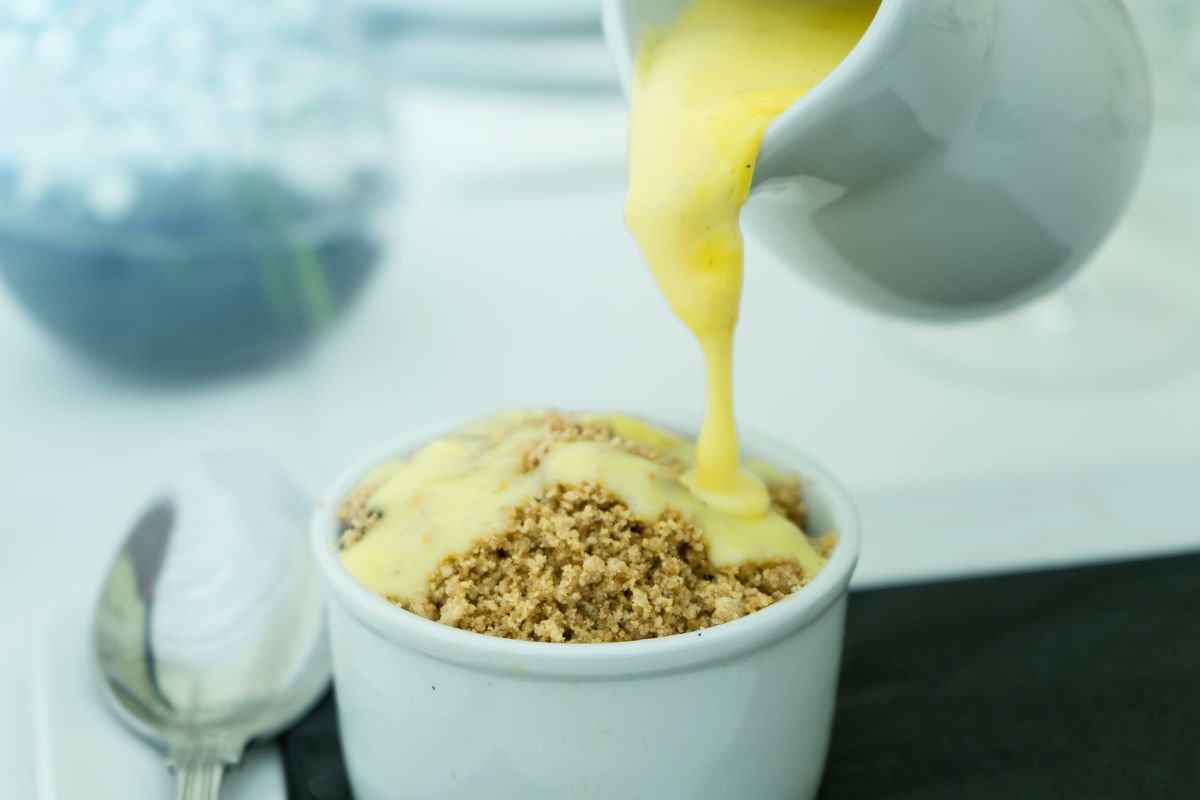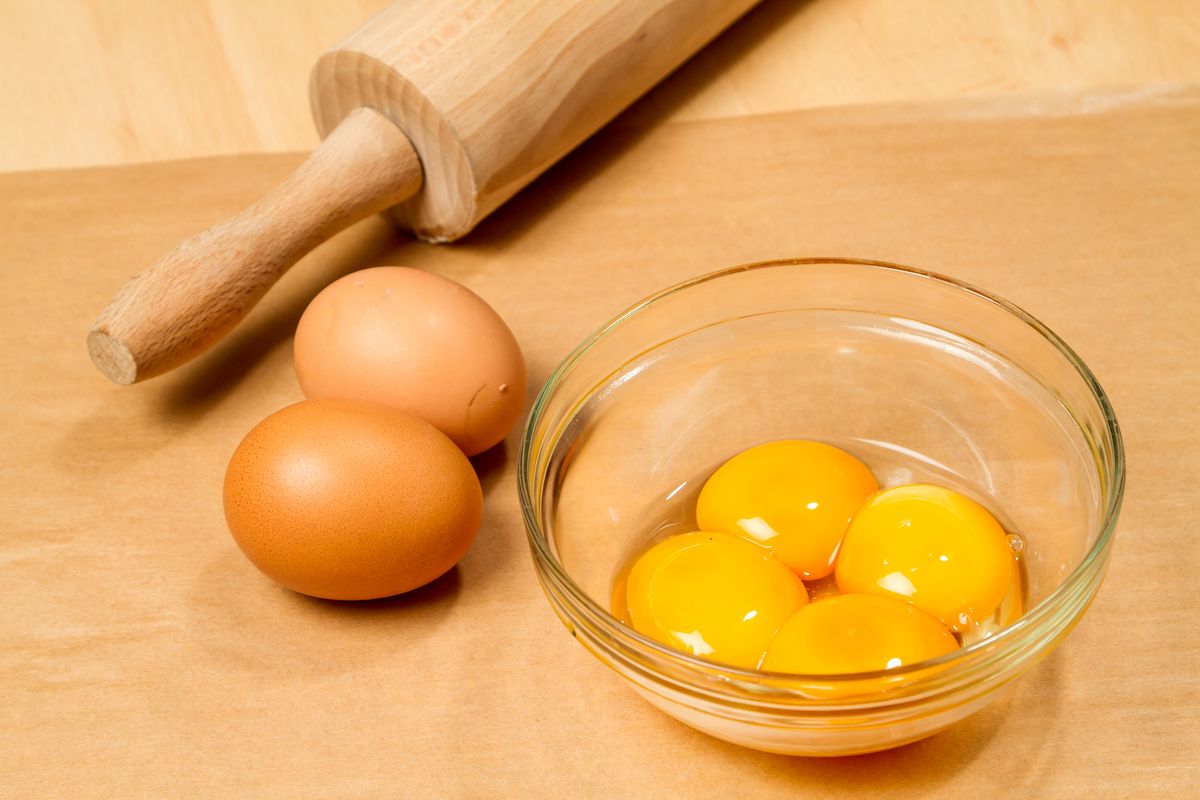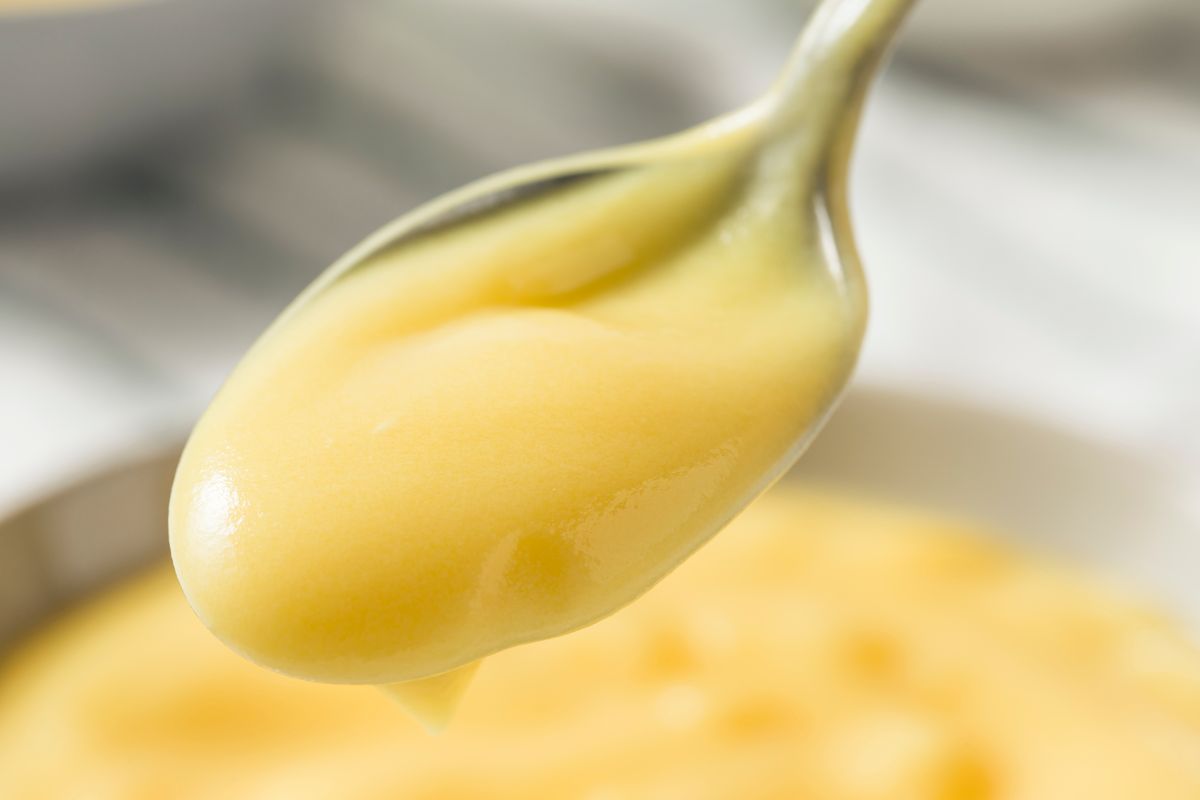Recipes
How to make crème anglaise


Creme anglaise is a pastry preparation perfect for accompanying cakes and desserts, but also excellent on its own with a spoon.
Creme anglaise is a variant of custard from which it differs because it does not require the use of flour. For this reason it remains rather liquid and is suitable for accompanying both dry and soft cakes. It can also be one of the ingredients of a dessert, but it is also excellent enjoyed alone, perhaps by dipping cat tongues or biscuits.
The preparation is easy, but insidious. In particular, if the temperature rises too much during cooking, the egg will "tear" and the cream will lose its velvety consistency, changing its flavour. Given the variability in size of egg yolks, rather than indicating their number, we recommend weighing them. Here's the recipe for creme anglaise!

Preparation
How to prepare the creme anglaise recipe
Begin the preparation by pouring the egg yolks into a heat-resistant bowl, preferably glass. Add the sugar and beat everything well. They don't have to whip, in fact it's important not to take in too much air, but the sugar must melt and the consistency be smooth and uniform.
Flavor with the grated lemon zest and the seeds of the vanilla bean, taken by cutting it in half lengthwise.
Pour milk and cream into a saucepan, add the empty vanilla pod and heat the milk until it comes to the boil.
Then pour it over the egg yolks, mixing with a whisk and putting everything back on the heat. The best way to get the perfect consistency is to measure the temperature: the custard is ready at 82°C . Be careful not to exceed 85°C or the eggs will tear and the taste and consistency will change. Alternatively you can use a spoon: when its back becomes slightly cloudy after dipping it in the cream and draining it, the preparation is ready.
You can enjoy the custard cold (cover it with cling film) or when it is still hot.
Here is a video of a recipe similar to ours (we reduced the doses) with all the steps to make it. As you can see, the cream was passed through a strainer once cooked to remove any residues of lemon and vanilla. The step is optional.
With the egg whites left over from the custard you can prepare excellent cat's tongues or choose from one of the many recipes to recycle egg whites .
How to recover crazy crème anglaise
It may happen that, due to carelessness, the maximum temperature of 85°C of the compound is exceeded. The cream would go crazy, tearing itself apart. To recover it, immediately transfer it to another saucepan, adding a spoonful of cold water . Mix and filter everything through a fine mesh strainer to remove any lumps.
If once these steps have been carried out it is too liquid, dissolve a teaspoon of starch in very little water , add everything to the cream and let it thicken over a low heat. It won't be a real crème anglaise but you will avoid throwing everything away.
The difference between custard and custard is in fact the absence of flour which makes it a dessert suitable for celiacs.
Conservation
The cream can be kept, well covered in cling film, for 2 days in the refrigerator.
Origin
The English cream, or crème anglais , despite its name, boasts French origins . It was born at the hands of chef Auguste Escoffier in the early 19th century during his time working at the Savoy . It is inspired by English boiled creams, served as dessert, where milk, cream and sugar were brought to the boil and the egg yolks were added. As for the aromas, today lemon but above all vanilla reign supreme but once upon a time cinnamon and nutmeg were also used.
Riproduzione riservata © - WT












